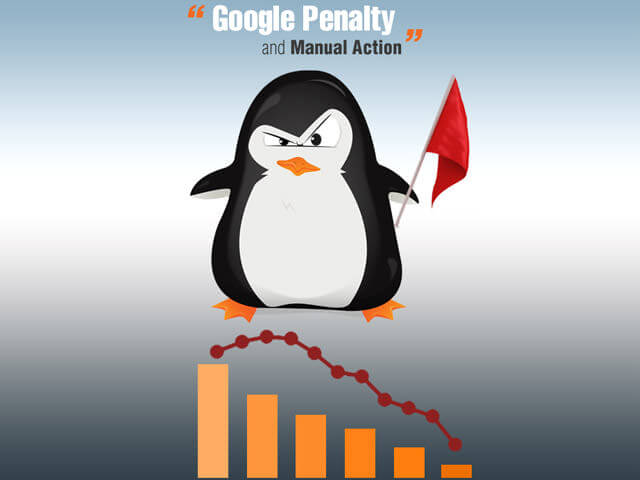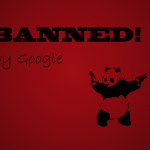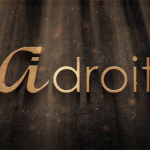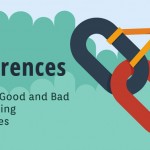Google Manual Action is one of the most shocking alerts that a webmaster can get. A Google Manual action refers to a warning or an alert Google sends you on your Webmaster tools stating that you have digressed and violated its guidelines. The repercussions could be mild to severe, depending on the nature of the penalty. But it is ALWAYS unpleasant, and affects the website negatively.
Let us understand what kinds of penalties are received by websites.
As a webmaster or an SEO responsible for optimizing client websites, it is of the highest priority to understand the nature of penalty the website has been levied upon, so that appropriate action can be taken for its revocation. A penalty could be algorithmic or manual.
Algorithmic penalties result from algorithm updates. Search engines continually update their algorithms with the intent of refining search results and returning more accurate results for its users. And these changes to the search engine algorithm often affect websites due to the way they are over-optimized from time to time. Popular ways of optimization are overused and abused and after a point of time, they become outdated and in fact impact negatively. A penalty caused by such an algorithm update falls under this category. These are not initiated by human intervention.
The common causes of this penalty are poor optimization efforts resorting to black hat SEO, over optimization, bulk and spammy link building, duplicate or poor content strategy, link spamming through article submission or guest blogging etc. Since the webmaster receives no notification about the penalty, they are, in a way, far more dangerous, as often webmasters fail to realize that they have been hit, and don’t take necessary action to revive from the loss.
One of the sure ways to detect if your website has been affected by any penalty or algo update is by tracking the trend of your organic traffic. Any sudden and significant drop in traffic that lasts for more than a week is a sure sign of something negative brewing at the back. In this video, Matt Cutts responds to a similar question.
Recovery from an Algorithmic update
Now this is the tricky part – you don’t exactly know what’s wrong, in fact you don’t know if anything’s wrong at all, or if you are simply being outdone by your competitors. So your best bet is to apply your judgment and do everything your competitors are doing well, and that Google prescribes as good practices to come out of the low phase your site is experiencing.
There is no definite timeline nor a set method of recovery. But you would be wise to seek help if you think you are unable to detect the problem areas.
A manual action on the other hand is a penalty manually imposed by one of the members of the Google Spam team. They are always on the lookout for websites that violate Google guidelines, and use unfair means to manipulate ranks and traffic. The major causes of manual action are spammy activities linked to your website, keyword stuffing, unnatural link building or inbound links from paid, irrelevant or malicious sources. The webmaster gets a notification on the Webmaster console stating that the site (or parts of it) has been impacted by this manual action penalty. Often the warning comes with samples of one, two, or three faulty links that may have resulted to the manual action being imposed on the website. They are just indicative of the kind of poor links that have impacted your website. They are also a pointer to the steps you should take to recover from the penalty.
Seek Professional Help for Manual Action Recovery
Manual action can be devastating to a business’s reputation and credibility, not to mention its revenue. And once applied, it may take months to revive the rankings and traffic. But there are ways to revoke and in fact recover from Google’s Manual Action Penalty. It is difficult to set a timeline for full recovery because it depends upon a number of factors – like the severity of penalty, the extent of Google’s loss of trust on your website (meaning if it’s a manual action on the entire website, or parts of it), and the efforts that go into the recovery process. But on an average, it could take anywhere between 3 to six months or even longer to recover from the penalty and bounce back.
It is needless to say that something like a Penalty Recovery should be taken seriously and handled by experts who have considerable experience in dealing with the recovery process. Essentially a manual action recovery involves a thorough link audit and a review of the entire website checking the crawl stats, index profile and so on before requesting for reconsideration. An improper and half-hearted attempt will lead to a denial of penalty revocation, and that can only add to the damages.
In the next post I will share a complete guide to the steps involved in the Google Manual Action Recovery Process.










